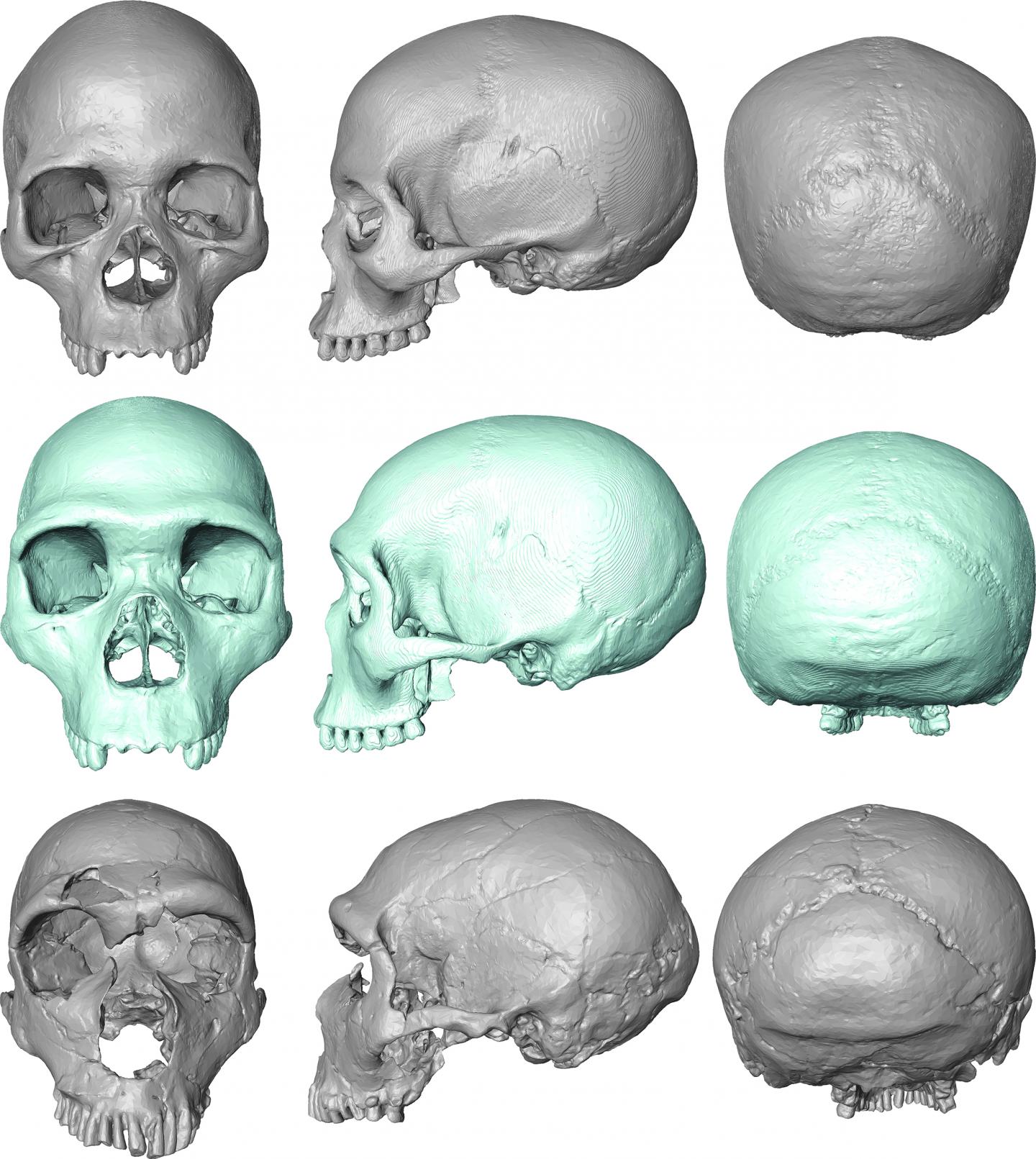Not many Neanderthals could say they would someday go on to find fame, but if there’s one member of this extinct species that could be considered world-renowned then it has to be the La Ferrassie Man, aka La Ferrassie-1 (LF1). This skeleton was discovered over a century ago and remains the most complete Neanderthal skull ever recovered. As such, this guy has proved very helpful in scientists’ bid to understand this elusive human relative.
As their French name suggests, this specimen was discovered at an archaeological site in southwestern France by anthropologists Louis Capitan and Denis Peyrony in 1909.
“The La Ferrassie 1 (LF1) skeleton, discovered over a century ago, is one of the most important Neandertal individuals both for its completeness and due to the role it has played historically in the interpretation of Neandertal anatomy and lifeways,” a 2018 study reads.
Along with the remarkably intact skull, the excavations also revealed a number of other Neanderthal bones, including the remains of at least seven individuals (two adults and five children). It’s argued that the individuals were intentionally buried at the La Ferrassie site by other members of the social group.
This was a radical theory at the time, as it implied Neanderthals were highly intelligent, socially complex, and surprisingly similar to Homo sapiens. Who knows, perhaps this site was some kind of a family cemetery.
Top row: Modern human skull from 19th century South Africa. Middle: ‘Virtual fossil’ of Last Common Ancestor. Bottom: the LF1 Neanderthal skull found in La Ferrassie, France.
Image credit: Dr Aurélien Mounier/Cambridge University’s Leverhulme Centre for Human Evolutionary Studies (LCHES).
Numerous studies have proposed different dates for the specimen, but they generally range from 59,000 to 45,000 years ago. Considering Neanderthals fell into extinction around 40,000 years ago, LF1 was living in some of the last millennia of his species’ time on Earth.
Archaeologists have closely studied the remains of LF1 and managed to gather a fair amount of information about their life. Research has indicated this was a male who stood around 171 centimeters (5 feet and 7 inches) tall, which is thought to be tall for a Neanderthal. He was around 45 years of age when he died. While the lifespan of Neanderthals is speculative, it’s rare to find an individual over the age of 40, meaning LF1 was relatively old for his kind.
Despite their relatively tall stature, LF1 is considered to be a “classic’” example of Neanderthal anatomy and, in some sense, has served as an archetype of how scientists imagine this species. The skeleton clearly shows the characteristic heavy and sloped forehead, as well as the large nasal opening, which we tend to associate with this member of the human family.
Most importantly, LF1’s leg and foot bones prove without a doubt that Neanderthals walked upright and in a very similar way to humans. This marked a major step away from the idea that Neanderthals were ape-like brutes compared to their super-smart cousins, the upright Homo sapiens (Latin for “wise man”).
The remains of hundreds of Neanderthals have been found in Eurasia, most notably in Germany, Italy, Spain, and France. However, it is still relatively uncommon to find complete, intact skeletons. A fully articulated Neanderthal skeleton was unearthed in 2020 and researchers believe it was the first discovery of its kind in 25 years.
Indeed, it’s been over 100 years since LF1 was identified and archaeologists are still struggling to find a finer example of a skull.
Source Link: La Ferrassie Man Is One Of The World's Most Famous Neanderthals
